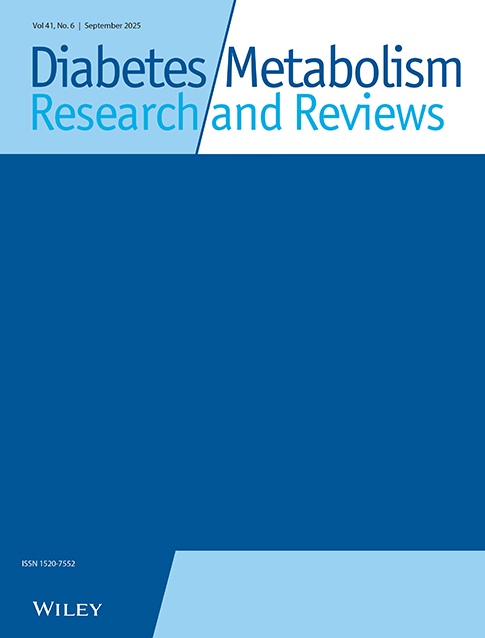Gestational diabetes mellitus among African-American women
Abstract
Gestational diabetes mellitus (GDM) is associated with increased risk of poor outcomes for the pregnancy. It is a strong risk factor for subsequent diabetes. The epidemiology of GDM in African-American women is not well known. It has not been demonstrated that their risk factors are similar in character and weight to those among White women. There is considerable multicollinearity among GDM risk factors such as age, parity, obesity, hypertension, and family history of diabetes, and this needs to be sorted out.
This review is based on the results of a nested case-control study to evaluate the frequency of, and the relationships of the known risk factors with, the onset of GDM among African-American women. All cases of GDM within a cohort of women seen at any of the county health department clinics in Jefferson County, Alabama from 1981 to 1987 were identified. The cohort represents approximately 63% of all African-American pregnancies in the county during the period. With few exceptions (5.1% based on fasting plasma glucose ≥ 120 mg/dl), potential GDM cases (7.1%) were selected on the basis of a 2 h post 100 g carbohydrate meal screening plasma glucose measure at their second prenatal visit and again at 28–32 weeks ≥ 115 mg/dl and diagnosed on the basis of the results of an oral glucose tolerance test (OGTT) using the criteria of O'Sullivan and Mahan. Women with any prior history of diabetes (even in pregnancy), 1.6%, were excluded. The frequency of the new diagnosis of GDM among African-American women in this pregnancy in the cohort was 2.5% of pregnancies and 3.4% of women, which is similar to the values reported in other studies. Controls were selected from women with negative screening tests who delivered after a GDM subject. The results reported in this paper reflect 358 cases (86% of all eligible GDM cases identified) and 273 controls. Cases were significantly older (28.3 vs. 21.7 years), of higher gravidity (2.7 vs. 1.9), more obese (76.7 vs. 61.7 kg), gained weight more rapidly (0.34 vs. 0.28 kg/week), had more hypertension in this pregnancy (28.2 vs. 2.6%), and there was a higher proportion with a family history of diabetes (41.3 vs. 16.5%) (p < 0.001 for all comparisons).
Because there were significant correlations among the risk factors in both cases and controls, multivariable logistic regression analyses were performed. Age, hypertension, body mass index (BMI), rate of weight gain, and family history of diabetes were significant (p < 0.01), even when adjusting for all other risk factors; gravidity was not. Increasing age, family history of diabetes, and BMI were the primary risk factors for GDM among primigravidas. Increased BMI was the only significant risk factor for insulin treatment (the criterion for insulin treatment, having a fasting plasma glucose level ≥ 105 mg/dl) among GDMs; age and BMI change per week tended to be increased among those treated with insulin.
There is an overall similarity between these risk factors for GDM in African-American women and previously reported risk factors for GDM in White women, and their similarity with the risk factors for non-insulin-dependent diabetes mellitus (NIDDM) suggests that in the majority of cases they represent the same etiologic and/or pathogenetic process. Given that many of these women will go on to develop subsequent NIDDM, it is important to consider targeting these women for risk factor reduction, especially with respect to obesity and hypertension.




